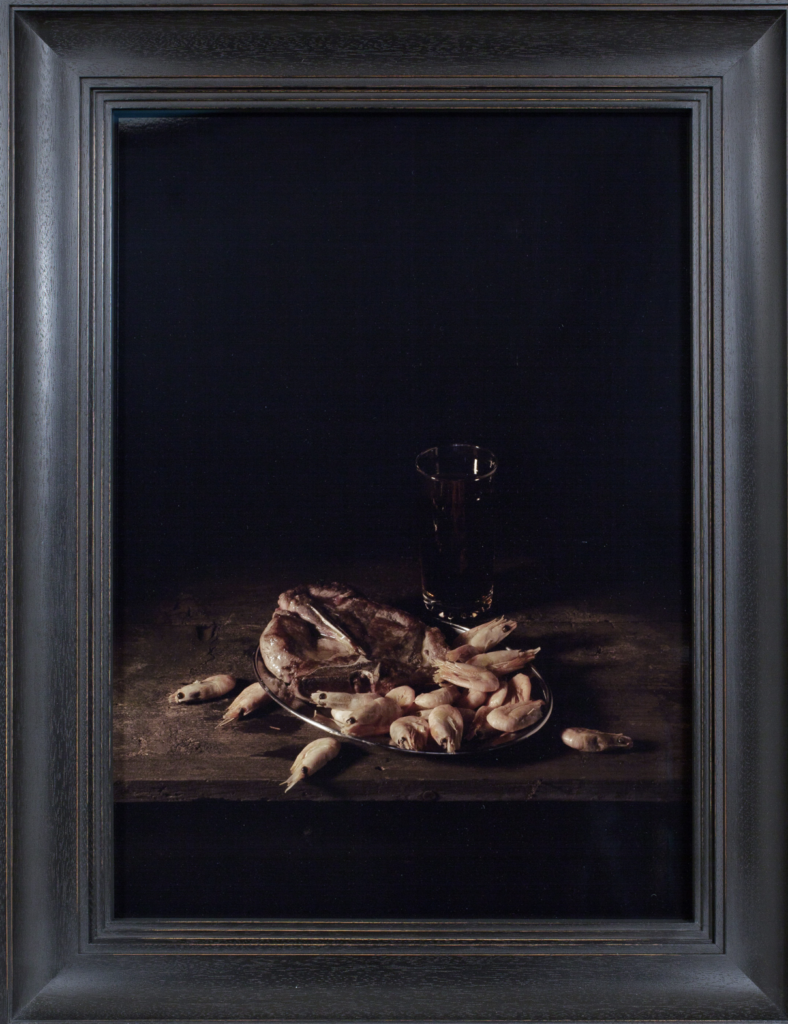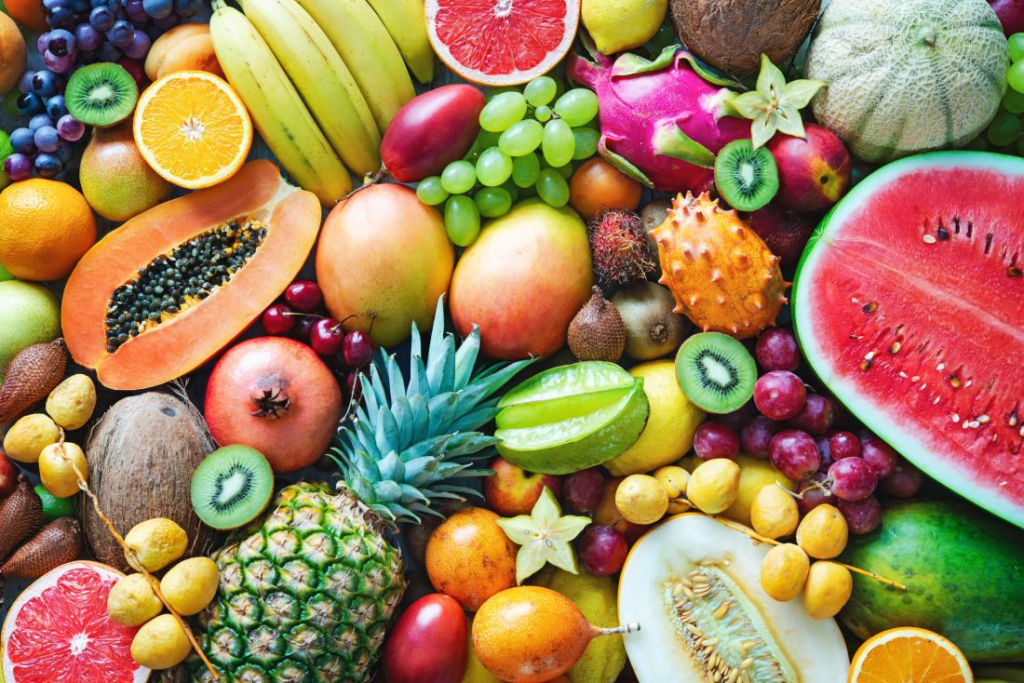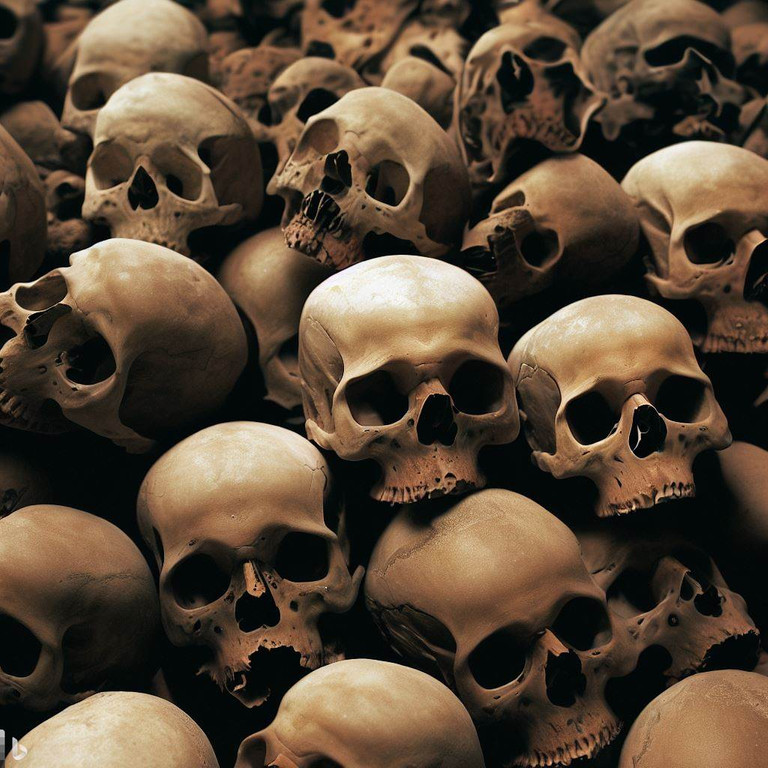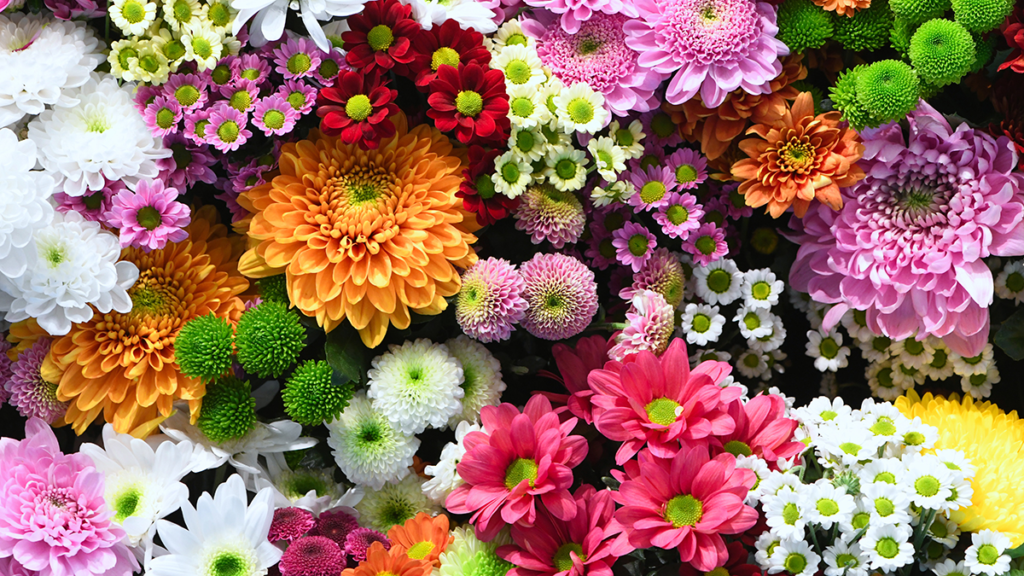Still Life
A work of art that shows inanimate objects from the natural or human-caused world, typically fruit, flowers and objects that contrasts with texture, like as bowls and glassware
Still life has origins in Ancient Greco-Roman art and the Middle Ages. Still life painting appeared as a distinct genre in Western painting in the late 16th century and has remained significant since then.
The earliest example of still life is in the beginning of the 1600s and later influenced by ‘tulip-mania’, were the popular floral paintings; these were followed by flowers with fruit, then the humble ‘breakfast pieces
17th Century Still Life peaked by the 1670s and seemed to stagnate thereafter, maybe because of the deaths in the 1680s and 1690s. What survived was the two aspects fixed in the Dutch psyche: decorative hunting still lives and the flower paintings.
Mood board

One artist that is highly focused in still life is a talented man called Mat Collishaw. Mat Collishaw, born in 1966, received his BFA from Goldsmith College, London, in 1989 and began his career exhibiting the acclaimed work Bullet Hole alongside his Goldsmiths contemporaries at the legendary show Freeze in 1988, and at Modern Medicine in 1990.
The beauty of Collishaw’s work is compelling, seductive, captivating, hypnotic yet repelling as we realise the darker fantasies within. His work is quite dark because he states that “I am fuelled by things in my past which were suppressed or held at a distance, which have generated some form of hunger to make my work.”
This is quite concerning as his work explores things like Pornography, the crucifixion, gleaming fairies, syphilitic child prostitutes, bestiality, bondage, addiction, religion, exaltation and despair, even the final hours of a death-row inmate but Mat has no dark corner he is unwilling to explore which is fascinating.

These pictures are from his project called ‘last meal on death rows’ taken in 2011. The pictures show the bizarreness of death rowers last meals and how different their priorities are within meals. Some meals are massive yet some meals are little to nothing. I think that it shows how unique and different death row meals can be.
Mat Collishaw project that was an innovative body of work was to show a different perspective of criminals last meals. He somehow brought ‘light’ yet darkness to their last meals. Some images are quite simple yet some show chaos.
One of the pictures that I am going to analyse is the picture below that was in the project ‘last meal on death rows’

Technical: The lighting in this photo isn’t natural. its quite dark and has no source of bright lights.
Visual: There is shrimps, what looks like some type of sandwich and sometime of beverage.
Contextual: This photo is a photo representing a prisoners death row meal.
Conceptual: It shows the how criminals in death row prioritised in food. it shows how different their food choices can be. I also think that the food choice is quite bizarre.
History of still life painting.
Ancient Egypt: The earliest known still-life artwork was produced in ancient Egypt. The paintings were produced in temples as offerings for the gods. Realism was not important.
Ancient Greece and Rome: these were more realistic than the Egyptians efforts. Still-life appears in mosaics on the floors and paintings, especially at Pompell colours and shading re more realistic.
Northern European renaissance:
After the fall of Rome, interest in still-life disappeared until the 1500s in Northern Europe. While Italian renaissance had renewed interest in ancient Greece and Rome. the north developed oil paint, which allowed for greater detail in paintings. objects began to take on symbolism, as well as depicting wealth and showing the artists skill. realism was essential to these artists.
Northern European renaissance:
in addition to being an art form of its own still-life objects were included in other types of paintings. the items chosen were meant to be symbols about the subjects of the paintings.
Northern European Renaissance:
a very specific type of still life is the vanitas painting. the idea was that people love the pleasures of life, the things that make them feel important or wealthy. and yet it all means nothing because time soon passes and we die. Artist used symbols to show this, like skulls, burnt candles, and witting flowers.
Impressionism:
after the renaissance ended. impressionist and post-impressionist artists in the 1800s continued to paint still lives instead of realism. they experiences with colour , shapes, and the wet paint was applied to the canvas to create beautiful; works. symbolism becomes less important.
Cubism:
Pablo Picasso and Georges barques invented cubism as a way of showing several sides of an objects at once. they felt it was better representation of an object because you could see more to it.
Modern still life painting:
modern painting is more of a reflection of an artists style. so paintings during the 20th century have developed into more abstract and unrealistic images. some artists use collage, paint, or photography to create modern-art still lives.

Vanitas: A still life painting of a 17th-century Dutch genre containing symbols of death or change as a reminder of their inevitability.
Memento Mori: Memento mori is a Latin phrase meaning ‘remember you must die’. A basic memento mori painting would be a portrait with a skull but other symbols commonly found are hour glasses or clocks, extinguished or guttering candles, fruit, and flowers.
Types of metaphors in still life and why?

Fruit: Varying Symbolism In Still Life Paintings.

Skulls: The Certainty Of Mortality.

Candles: The Passing Of Time.

Flowers: Symbols Of Life And Growth.

Seashells: Birth, Purity, And Fertility.

Mirrors: The Soul In Reflection.

Insects: Transformation And Decay
